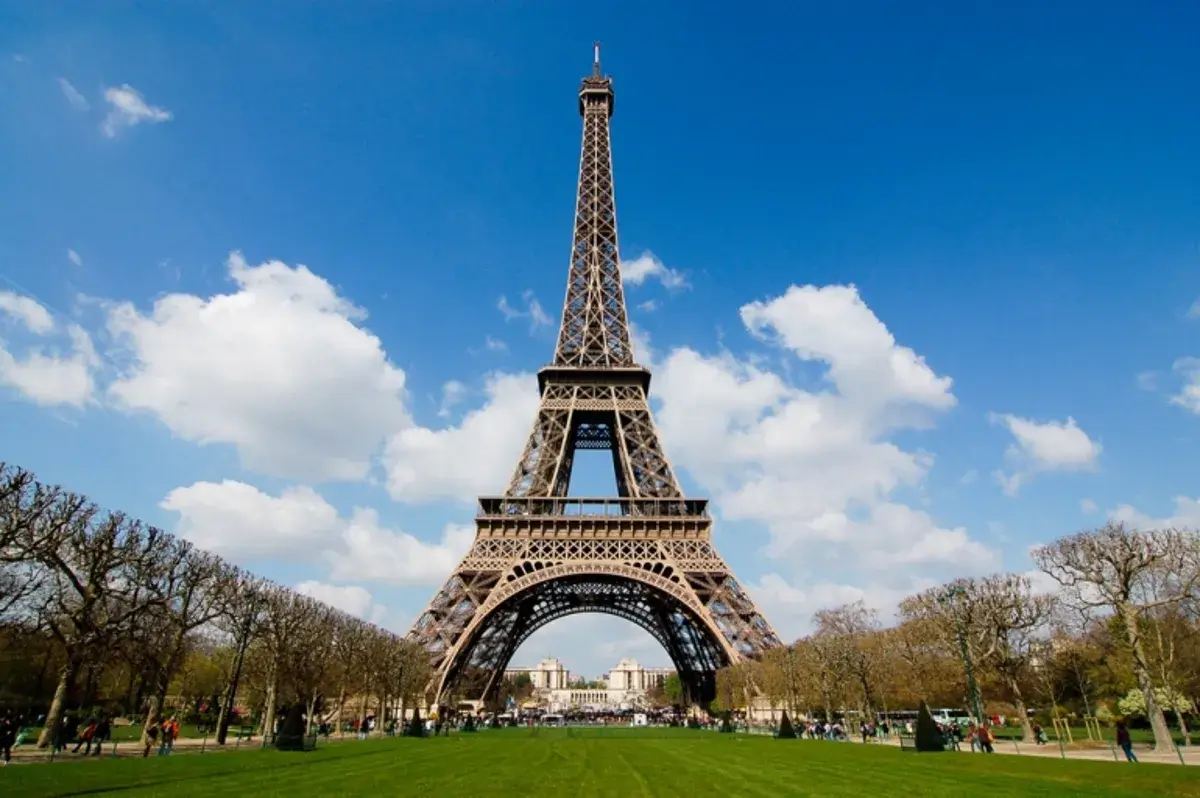Eiffel Tower (1889)

Title: Eiffel Tower
Location: Paris, France
Construction Started: 1887
Completion Year: 1889
Status: Iconic Landmark, Tourist Attraction
Architectural Style: Exposition Universelle, Iron lattice structure
Height: Approximately 1,063 feet (324 meters)
Historical Significance: Symbol of Paris and a testament to architectural ingenuity
Materials: Wrought iron
Description: The Eiffel Tower, known as La Tour Eiffel in French, is an iconic iron lattice structure located in the heart of Paris, France. It was constructed as the entrance arch for the 1889 Exposition Universelle (World's Fair), celebrating the 100th anniversary of the French Revolution.
Designed by engineer Gustave Eiffel, the tower stands tall at approximately 1,063 feet, making it one of the tallest structures in the world during its time of completion. It was initially met with controversy, but over time, it became an emblematic symbol of Paris and a true architectural marvel.
The Eiffel Tower consists of a lattice of wrought iron, divided into three levels, each accessible by elevators and stairs. At the top, visitors are rewarded with breathtaking panoramic views of the city.
Over the years, the Eiffel Tower has become an enduring cultural icon, synonymous with France's romantic and artistic reputation. It attracts millions of tourists from around the globe, who come to witness its beauty, take stunning photographs, and enjoy the mesmerizing light shows that illuminate the tower at night.
As a symbol of architectural ingenuity and a representation of the City of Light, the Eiffel Tower remains a beloved landmark and an essential part of Paris's identity, reminding visitors of the city's rich history and artistic legacy.
